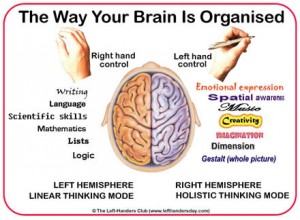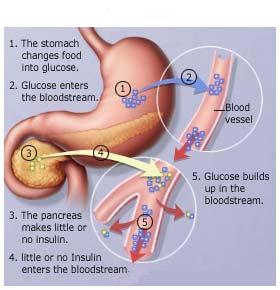
Dr. Kennepohl, the Chemistry Professor at the University of British Columbia
Pierre Kennepohl from the department of chemistry in University of British Columbia, and his team, John N.R. Ruddick and Wei Xue, have conducted a research; quantification of copper (II) in micronized basic copper carbonated (BCC) treated wood using Electron Paramagnetic Resonance (EPR) spectroscopy. Basically, the research was started to identify the formation of mobile copper in BCC treated wood, to quantify the amount of mobile copper formed, and to identify how this mobile copper component is affected by external environments. The mobilization of the copper is dependent on the acid groups present in wood, and provided sufficient micronized copper is present. This was confirmed in the commercial material.

Wood preservatives were suspected to have violated pesticides law
A recent article noted that some companies using wood preservatives were suspected to have violated pesticides law because the preservatives consisted of biocidal properties from reacted copper (Environmental Protection, 2013). Because these companies did not fully understand the environmental implications of using micronized BCC treated wood, this caused the mislabeling of the preservatives. We think outdated labels from reacted copper may lead to neurological damage, including Parkinson’s and Alzheimer’s disease and use of biocides may increase susceptibility to attack by new forms of pests and disease.
However, preserving wood with copper has been commercially used and micronized basic copper carbonate (BCC) is the new main active ingredient in the U.S. An advantage of this new preservative is that it avoids the higher copper leaching into the environment and it also avoids enhanced potential for corrosion observed in alkaline copper treated wood. Therefore, understanding the quantity of the reacted copper (II) in micronized copper treated wood measures the effectiveness of this new wood preservation method, while considering the effect of biocidal activities and potential environmental hazards. Also, it is important to consider different testings and experiments to measure the effectiveness of new wood preservation methods as they are developed.
In addition, Dr. Kennepohl and his graduate students are working on their next research, building upon the results from the study of quantifying copper contents in woods. What they are looking at is different types of wood, and to investigate if copper is well-distributed into all of the wood structure. Dr.Kennepohl will also apply the new method of quantifying copper to determine if the amount of total copper has changed after the attack from the fungi. For the first time, professor Kennephol and his team have developed a method of quantitatively looking at wood samples in order to fully understand how these systems work; this research may lead to further, more effective criteria for use of wood preservatives around the world and will also have a large impact on the food industry in the next millennium.
The following podcast focuses on how this new wood preservation method by using BCC is compared to other common forms of preservatives, highlighting its potential advantages and disadvantages.
For the video, we focused on how professor Kennepohl and his research team technically quantified copper in micronized BCC treated wood.
By: Brian Ahn, Jonathan Lui, Derek Song
Pod-Cast Credits:
Narrated by Derek Song
Video Credits:
Narrated by Jonathan Lui
Special thanks to Dr. Kennepohl for the interview.










